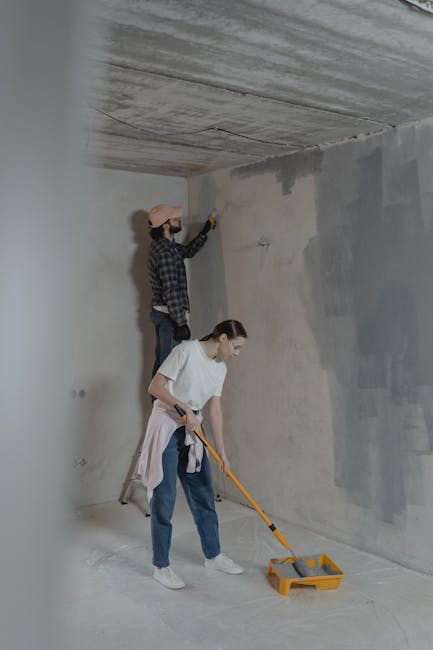 Mastering the Art of Painting and Finishing: Tips and Techniques
Mastering the Art of Painting and Finishing: Tips and Techniques
Painting and completing are essential abilities whether you’re working with a DIY project or a specialist endeavor. These procedures not only boost the visual charm of surfaces yet additionally safeguard products from environmental deterioration. Comprehending the subtleties of painting and completing can considerably boost the top quality of your work, resulting in magnificent outcomes that stand the examination of time.
The very first step to attaining a perfect coating starts long prior to the brush touches the surface area. Prep work is vital; it involves cleansing, fining sand, and keying the location to make sure correct bond of the paint or coating. Neglecting this important action can lead to peeling off, gurgling, and an overall poor appearance. Put in the time to evaluate the surface you’re collaborating with, fixing any kind of problems and ensuring it is tidy and completely dry. This focus to detail will settle, enabling a smoother application procedure.
Picking the appropriate type of paint or coating for your job is just as crucial. There are several ranges offered, including water-based, oil-based, and specialty coatings fit for various materials and environments. Each kind has its own set of pros and cons; for instance, water-based paints dry faster and are easier to clean up, while oil-based paints offer a sturdy surface that is optimal for high-traffic areas. Investigating and picking the ideal product for your details needs will certainly enhance the toughness and look of your work.
Once you have actually prepared the surface area and selected the correct products, it’s time to apply the paint or finish. Strategies such as using a roller or brush, splashing, and even dipping can produce varying results. Employing the ideal strategy includes comprehending the particular demands of the finish you are dealing with. For example, brush strokes may leave visible lines, while sprayers can create a smooth, even coat without appearance. Remember to use numerous slim layers instead of one thick layer to prevent drips and make sure an also surface.
Ultimately, don’t take too lightly the importance of post-application care. Permitting appropriate drying time is vital, as rushing this step can endanger the longevity and look of your finished job. Furthermore, take into consideration adding an overcoat for added protection, specifically for surfaces that will be revealed to put on. With the appropriate practices in place, you can master the art of painting and ending up, transforming your jobs right into gorgeous works of art that are both functional and aesthetically attractive.